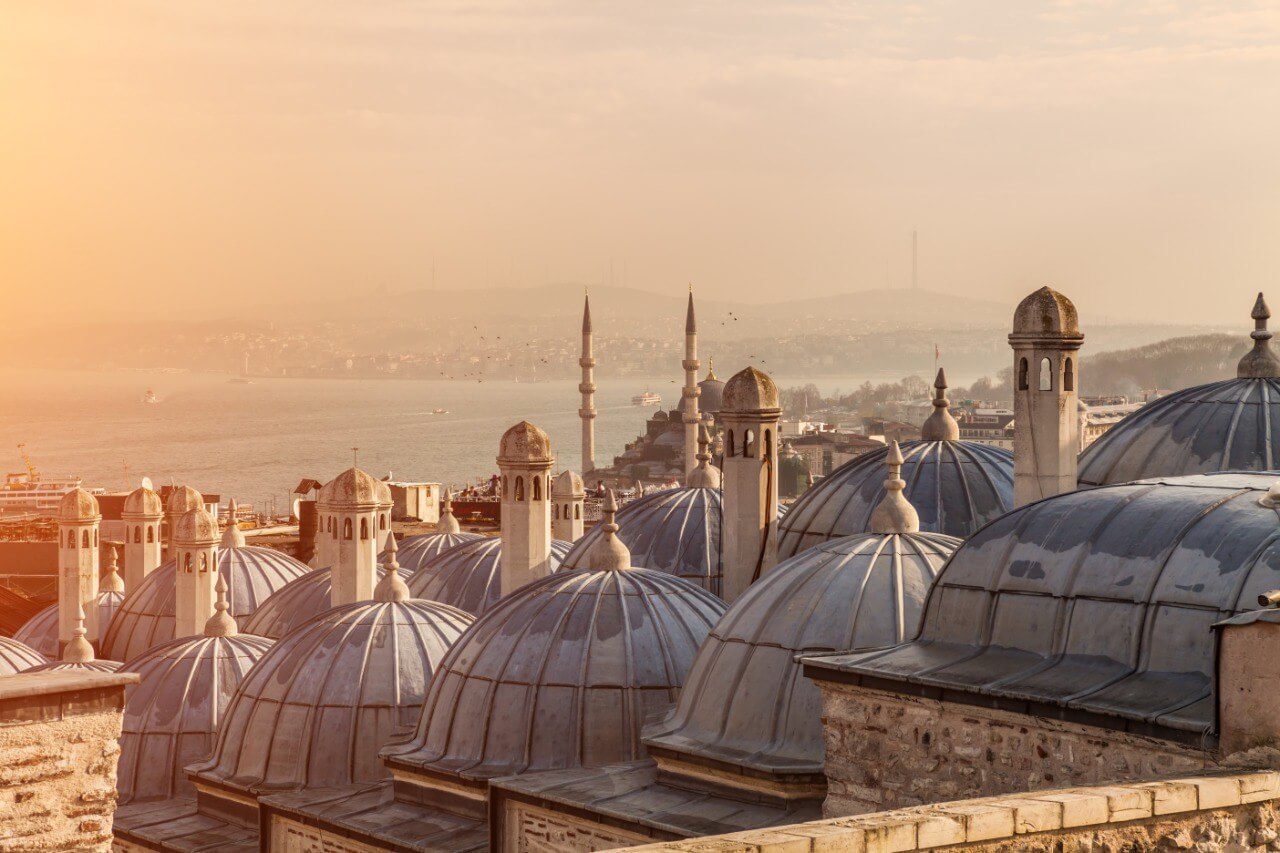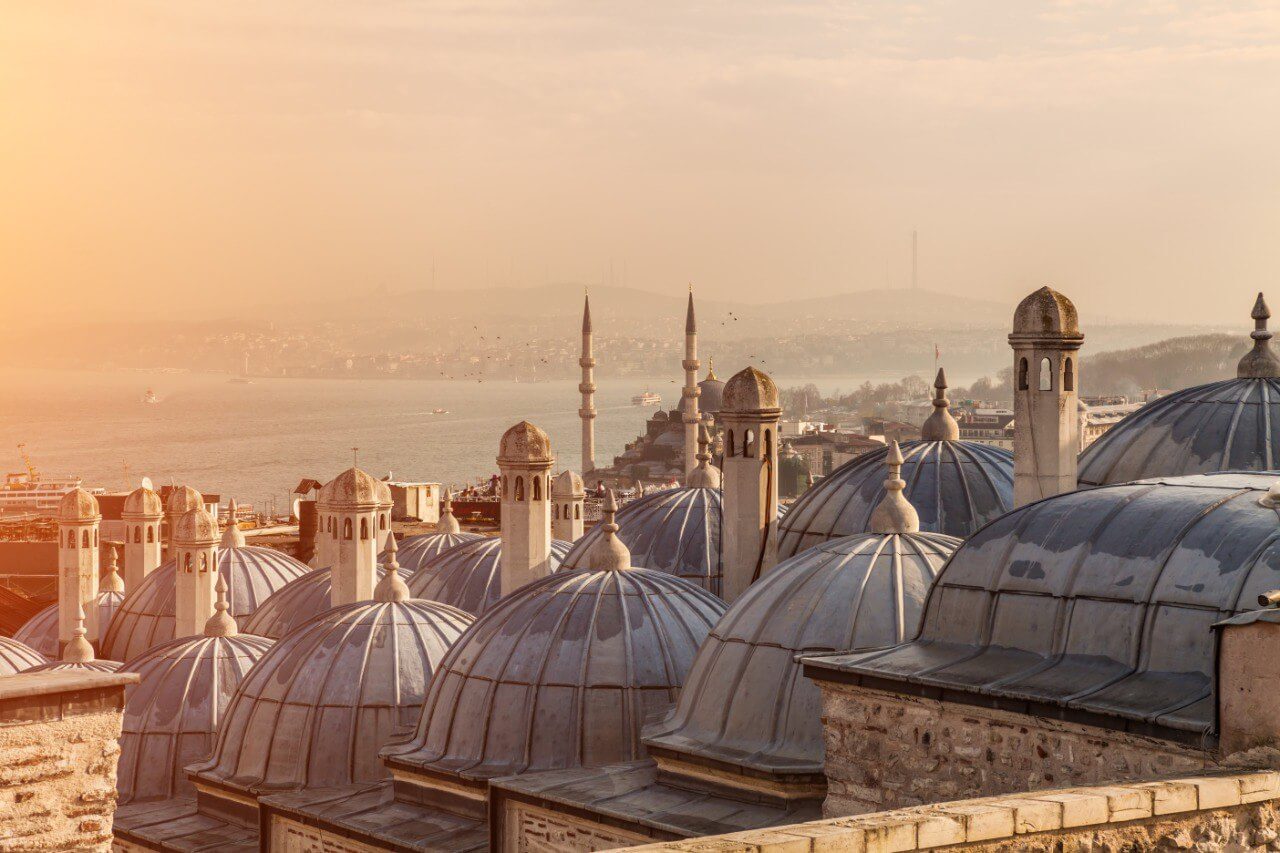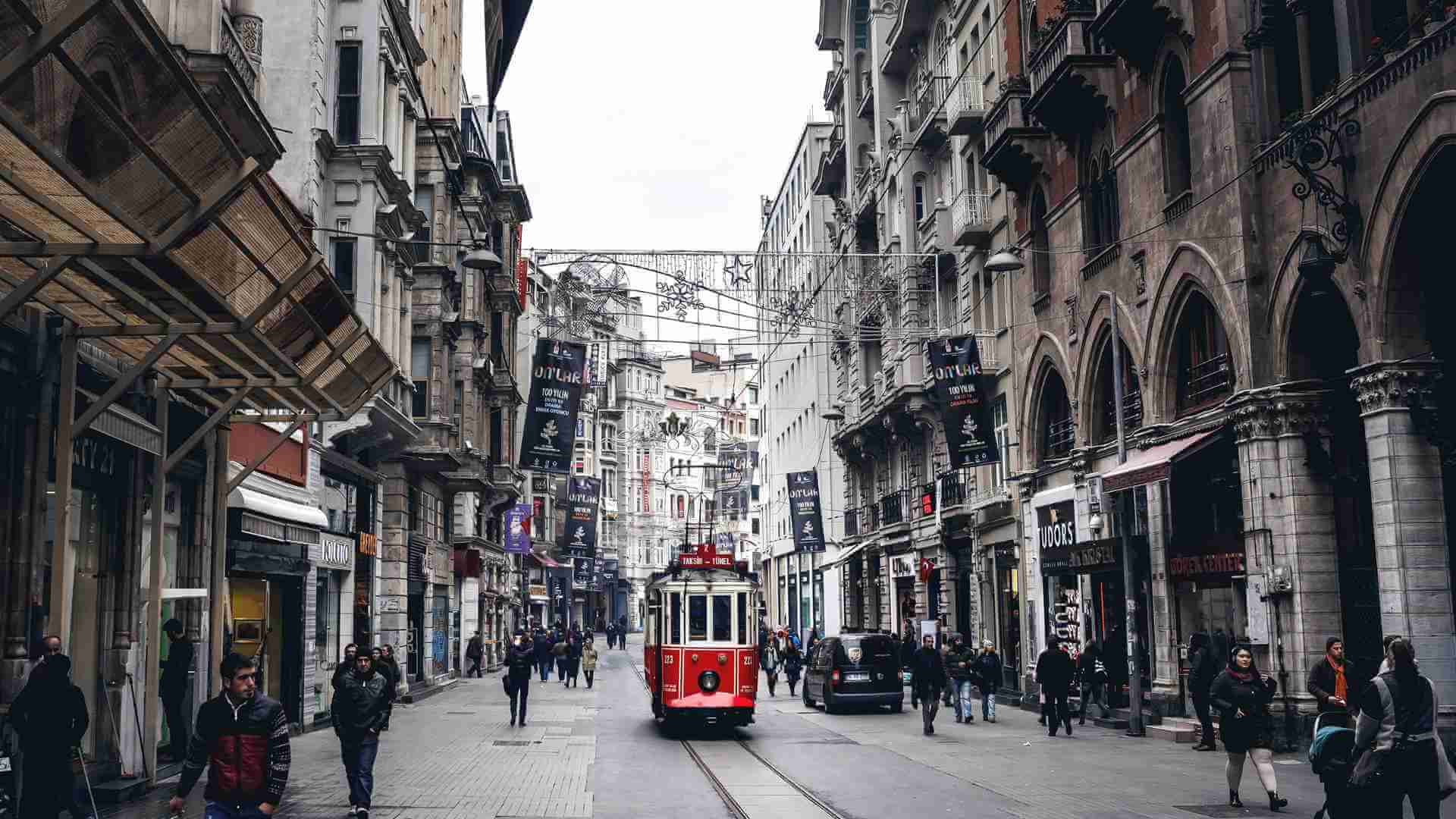Cihangir, which has been described as one of the most beautiful places in Istanbul by Istanbulites of all ages from the past to the present, is one of the few districts that has managed to preserve its historical texture with its old buildings and streets... This charming neighbourhood, which has maintained its popularity in different ways in different periods of history, is now the centre of daily life with its cafes and bars, the centre of art with its museums, and the centre of vitality and socialising with its stray animals. Let's take a closer look at the history and characteristics of this special area, which is not to be missed when you come to Istanbul.
A Historical Journey to the Streets of Cihangir...
Cihangir, located in the north of Beyoğlu, is situated on the slope of Sıraselviler Street and Kazancı Slope towards Fındıklı, which is famous for its gentle slopes. The history of this neighbourhood, where many businesses and institutional structures such as banks are located, consists of the periods in which unpleasant men and women lived in 1563 sources, and in the 1930-50 years, dating houses and wealthy people were together.
Named after Şehzade Cihangir, the son of Suleyman the Magnificent and Hürrem Sultan, the district gained its character with the Cihangir Mosque, which Mimar Sinan built on a hill in the area after the young prince's death. Thus, over time, the area became a settlement and a neighbourhood. In the 19th century, Cihangir attracted attention for its concrete apartment buildings, which were built in the 20th century to protect against fires caused by wooden houses, and the population density of Cihangir became a rapidly growing settlement. Cihangir, which fell into disrepair after the non-Muslims, who made up the majority of the population, left the area in the 1960s, but rose again after 1980 with the ownership of the artistic mass, is still one of the places that retains its importance today.
Places to visit in Cihangir
In addition to exploring its narrow streets, enjoying dessert and coffee in its cafes and taking perfect photographs, Cihangir offers special experiences to suit your interests. We have listed some of these for you:
- Museums: There are two museums in the region that will be of interest to literature lovers; the Orhan Kemal Museum and the Museum of Innocence in Çukurcuma. The Orhan Kemal Museum, which displays Orhan Kemal's personal belongings and photographs, will take you on a small journey into the past. The Innocence Museum, with its colourful tiles, is a special experience inspired by Orhan Pamuk's novel of the same name, with details of the novel's characters.
- Antique and vintage shops: If you are interested in old household items or clothes, the many shops in the area are the perfect place to shop. Here you can find rare items at affordable prices.
- Cihangir Stairs: The Cihangir Steps, which you will come across as you descend from the Kılıç Ali Paşa neighbourhood towards Tophane, will provide you with the perfect environment to spend time or relax with a view of the Bosphorus.
Description: In this article we have talked about Cihangir, with its energy that does not fade throughout the day and its streets full of life, with its past and present details.
A Historical Journey to the Streets of Cihangir...
Cihangir, located in the north of Beyoğlu, is situated on the slope of Sıraselviler Street and Kazancı Slope towards Fındıklı, which is famous for its gentle slopes. The history of this neighbourhood, where many businesses and institutional structures such as banks are located, consists of the periods in which unpleasant men and women lived in 1563 sources, and in the 1930-50 years, dating houses and wealthy people were together.
Named after Şehzade Cihangir, the son of Suleyman the Magnificent and Hürrem Sultan, the district gained its character with the Cihangir Mosque, which Mimar Sinan built on a hill in the area after the young prince's death. Thus, over time, the area became a settlement and a neighbourhood. In the 19th century, Cihangir attracted attention for its concrete apartment buildings, which were built in the 20th century to protect against fires caused by wooden houses, and the population density of Cihangir became a rapidly growing settlement. Cihangir, which fell into disrepair after the non-Muslims, who made up the majority of the population, left the area in the 1960s, but rose again after 1980 with the ownership of the artistic mass, is still one of the places that retains its importance today.
Places to visit in Cihangir
In addition to exploring its narrow streets, enjoying dessert and coffee in its cafes and taking perfect photographs, Cihangir offers special experiences to suit your interests. We have listed some of these for you:
- Museums: There are two museums in the region that will be of interest to literature lovers; the Orhan Kemal Museum and the Museum of Innocence in Çukurcuma. The Orhan Kemal Museum, which displays Orhan Kemal's personal belongings and photographs, will take you on a small journey into the past. The Innocence Museum, with its colourful tiles, is a special experience inspired by Orhan Pamuk's novel of the same name, with details of the novel's characters.
- Antique and vintage shops: If you are interested in old household items or clothes, the many shops in the area are the perfect place to shop. Here you can find rare items at affordable prices.
- Cihangir Stairs: The Cihangir Steps, which you will come across as you descend from the Kılıç Ali Paşa neighbourhood towards Tophane, will provide you with the perfect environment to spend time or relax with a view of the Bosphorus.
Description: In this article we have talked about Cihangir, with its energy that does not fade throughout the day and its streets full of life, with its past and present details.






